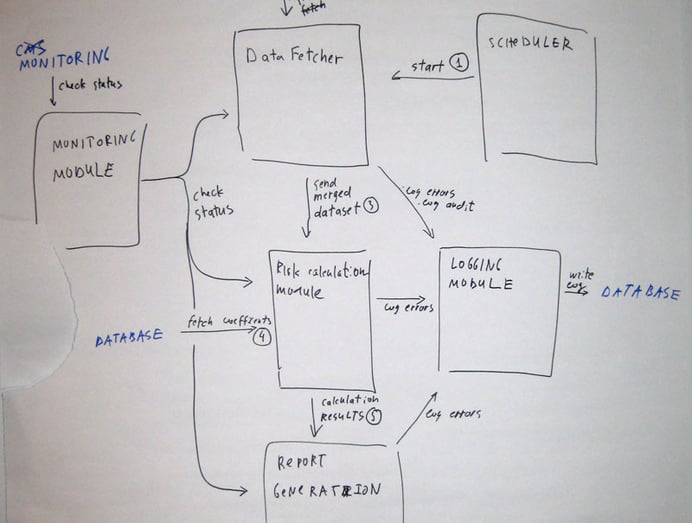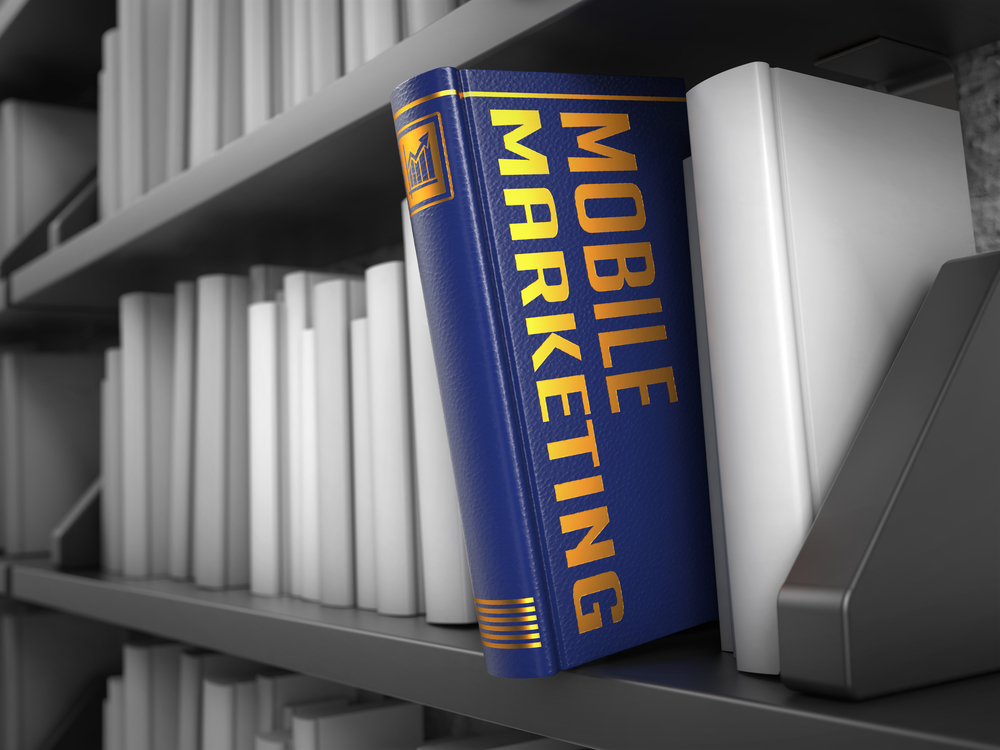At our core, AwareX is an engagement platform based on the philosophy that technology should be used to anticipate and assist humans, not the other way around! 2023 has proven to be quite an engaging year and here are some highlights below:
Building Digital Engagement from Scratch. Is it Worth it?

The rise of technology and digital solutions across various industries is something that can’t be ignored by companies looking to stay afloat amongst their competitors. In the communications industry, the power and capabilities of automation are no longer an optional-add on functionality, they are a necessity for businesses that are serious about elevating their productivity, streamlining their communication processes, and gaining greater market share.
Thus, the need for specialized tools and software capable of leveraging these functions has sped up the rate of digital transformation among communication service providers. Despite that, many businesses subscribe to the notion that building an in-house software solution is a faster, cheaper option than opting for purchasing a pre-built, ready-to-go tool.
But is this really the case? Many times, companies fall into the trap of investing copious amounts of time and money into developing software without realizing the full implications and commitment required. Let’s take a closer look at some of the resources needed to successfully custom build an engagement solution, and assess if it’s genuinely viable.
What Do Companies Need to Build a Custom Engagement Solution From Scratch?
1. Resources:
Firstly, if you’re serious about building your own solution, you’ll need a precise understanding of the exact resources you’ll need to see it through. These include:
- Human resources - you will need to make sure you have sufficient human resources who can dedicate their time solely to building, customizing, and testing your tool. You will likely need to consult with a project manager who has proficiency in building software to get an idea of exactly how many developers you will need to put on the project and hire external developers if it exceeds your in-house team.
- Expertise - The developers are going to need a clear understanding of the tool you want them to build, what services it must leverage, and how you want it to work. That will require collaboration between various heads of department to draw up a clear plan of the tool’s functionality and features, and then consulting with the lead developer to discuss if these features can realistically be developed, with time allocated for reviews and amendments to the plan if need be.
- Finances - You need to ensure you have sufficient investment capital to finance the development of the tool, from conception to completion. This includes assets required, such as additional hardware if you are hiring more developers, compensation for the labor to build the software, commission to any external SMEs or consultants, and overtime pay if the development doesn’t progress according to the deadlines of the project.
2. Time:
Companies are often mistakenly optimistic about the lead time that’s required to build a custom software solution from the ground up. This can be anywhere from several months to a year if the software has limited features, and can take more than a year if the tool needs to be responsive and customizable according to scaling needs.
A factor that many businesses don’t take into account regarding development is that developers don’t only need time to build the tool. They need time to test it, identify errors and bugs, fix those errors, and re-test it.
The requirements gathering process can also provide a significant source of delay. Software vendors typically have a custom requirements process with specific tools that mesh with their software. In addition, the vendor contract drives behavior on both sides that keep everybody honest and on schedule. With a from-scratch development there is no pressure on the requirements process, which often continues unabated well into the original development timeframe.
3. Implementation:
Taking into consideration the lengthy development, testing, amending, and re-testing lifecycle of creating custom software, the slow creation process is further stymied by the implementation and roll-out of the tool.
After the developers have eventually created and tested the tool to completion, they then need to spend time teaching the necessary heads of departments how to use the tool and its various capabilities.
These department heads then spend time training their teams on how to use them, which can necessitate several rounds of training. This lengthy implementation and roll-out process takes employees’ time away from their work, diverting their attention from the products or services provided to your clients, and impacting customers’ experiences.
4. Cost:
Lastly, the final cost to develop and oversee a customized tool can end up being a lot more than originally estimated. Countless hours, often stretching into months and even years, to develop the tool, coupled with the back-and-forth procedure of piloting and refining its capabilities, make it an extremely expensive undertaking.
How much it will ultimately cost will depend on how advanced and competitive you want the software to be, the amount of time and resources it will take to build, and how much external consultation and recommendation you will need to outsource to accurately plan and conceptualize.
Some companies are lured into the belief that their custom build, though initially expensive, will provide a lower long-term cost profile when compared to annual SaaS fees from an external vendor. In most cases they underestimate the cost of the required maintenance team whose cost increases by the cost-of-living each year.
Conclusion:
Although building your own solution from scratch is possible, when looking at the practicality, it’s a massive undertaking of time and effort that businesses simply don’t have. A smarter, simpler solution is to opt for a fully developed, ready-to-implement SaaS tool, like AwareX.
AwareX is a fully cloud-based platform that offers a range of capabilities enabling communication service providers to connect with their customers in a fully digital sphere, transforming customer journeys and reducing manual traffic to call centers and agents.
Offering native back-end integration, Awarex seamlessly integrates to your business’s systems, while presenting a universal front-end experience to your customers, no matter what platform they use to contact you. With Awarex, you can predictably deliver a consistent, personalized, and intentional digital experience to your subscribers faster and at a lower cost of ownership.
Do You Hear The Scream of Gen Mute?

Well, why would you? Gen Mute purposefully does what you do not! Maybe you are an executive of a major corporation; you were born before 1964 a ‘Baby Boomer’ and you have a misconception that people use mobile phones for talking to each other. Or maybe you are GenX or (if you have done really well in business so far) a Millennial, and you secretly covet the cool retro design of the Nokia 3310; but if you talk to real people on your phone, you are definitely not a GenZ creating new dances on TikTok.
Recognising that different demographic Personas use communications totally differently is critical to offering a digital customer experience which is actually appreciated and valued by your end user. The one size fits all approach of a single digital customer touch point is going to be forced to adapt to a Persona centric approach.
Restricting your systems to address all customers the same way is like going to an ice cream parlour and ordering three scoops of the same flavour.
To deliver great service you need to have customer touchpoints that recognise and adapt to user Personas. The trouble is that Verbal communication is on the way out, and nowhere more than on the telephone. But for a Baby Boomer ‘exec’ it is hard to recognise, appreciate or embrace it…the phone call is heading the same way as handwritten letters – a pursuit for traditionalists who maybe have too much time on their hands.
Without many of us really noticing it, the phone call has been slowly fading out over the past few years, and a new survey by Ofcom (the UK the regulator for communications services) shows that only 15% of 16 to 24-year-olds consider it the most important method of communication, compared with 36% who prefer instant messaging. 49% of teenagers happily admitted that they would text or instant message someone when they were in the same room. They’re calling them “Generation Mute”.
Now, why would members of this huge and increasingly influential customer group ever call your call centre? And if they did, do you expect them to say they had a good experience? Yet compare your investments in call centres to your spend on Persona centric digital customer engagement, the change in investment focus has not kept up with the way the market is changing. Hence the ‘Munch’ like scream of Gen Mute - a huge digital literate, big-data consuming audience that is highly mobile and underserved. It doesn’t have to be this way, and maintaining the status quo is detrimental to your future.
The Top Ways Customers Want to Engage with Service Providers

In our modern world, time is a precious commodity. It can’t be exchanged or bought back once spent. For this reason, customers are ever more time-conscious when interacting with brands and businesses. In fact, research has shown that when a customer contacts a business, 77% of customers rate speed to resolution as the best indicator of good service.
They want access to solutions and services quickly and simply, and it’s imperative that businesses incorporate these into their customer service, or risk losing customers to competitors who can provide what they’re looking for.
Honing in on communication service providers, many businesses are still playing catch up when it comes to expanding and modernizing their communications strategies for customer engagement. Companies still fall back on the old tried-and-tested call center, requiring customers to go through the motions of talking to an agent to get an answer to their question or to access a service.
We need a rapid overhaul of how we enable our customers to engage with our products and services. A businesses’ communication strategy should be built around its customers, not the other way round.
The Challenge of Relying on Call Centers for Customer Engagement:
Having on or off-site assistance for customers is not a bad idea in theory, as it’s beneficial for businesses to have live assistance on hand should customers require it. However, relying on call centers as the primary point of contact between businesses and consumers is ill-advised and a bad long-term strategy for client retention. This is because:
- Relying on call centers creates high call volumes, which result in longer waiting times and greater customer frustration.
- Call centers are the most expensive and unpredictable channel, increasing support costs and generating publicity from acute customer service failures.
- A negative front-end customer experience is more likely to result in customers disconnecting from services, canceling their accounts, and seeking alternative providers.
- There’s no one-size-fits-all strategy when it comes to customer communication. Your customers are diverse and you simply cannot afford to roll out the same communication strategy for all of them and expect to see results.
From the perspective of a customer, they want to feel prioritized and valued by the company with which they do business. Businesses need to place the customer at the center of their communication strategy to secure longevity. How can companies do this?
The solution lies in allowing customers to choose their preferred communication channel to make contact, buy products and services, and find help.
What are the Top Ways Customers Prefer to Contact Service Providers?
Tailoring your customer engagement requires an understanding of what popular communication channels customers opt for. Some of the top channels customers prefer to use include:
- Text messaging - Customers want to interact on their smartphones, and text messaging is one of the most popular communication channels, with 85% of smartphone users preferring to respond to businesses via text message compared to calls and emails.
- Social media - Social media platforms have enabled consumers to seamlessly integrate the management of their business and social lives. According to research, 54% of social media users use social media platforms for business purposes. This is a lot considering that approximately 3.78 billion people access social media platforms every day.
- Chat - Offering live chat in the form of a chatbot is effective for customers looking for speedy responses when accessing a website for support or purchasing. Stats show that 69% of online consumers prefer to use chatbots due to their ability to provide quick, simple answers.
- Voice - Traditional voice calling still forms an important part of customer communication for businesses. Studies have shown that even though they prefer digital, integrated experiences when it comes to engaging with businesses, customers still value talking to a person during specific instances, such as resolving an urgent query. This might be especially applicable in relation to a customer’s age and demographic.
What Does This Data Tell Us About Customer Engagement?
Customers want freedom of choice above all else when it comes to interaction with businesses. A multi-channel engagement strategy coupled with smooth transitions between platforms makes communication a more enjoyable and personalized experience for each customer, increasing their satisfaction and winning their long-term loyalty.
As a company, you might be put off at the idea of the scope of overseeing these various communication channels, but multi-channel management doesn’t need to be overly complex or tiresome. The best solution is to harness the power of the cloud and utilize cloud-based software capable of integrating with a variety of digital communication platforms.
What digital up-sell looks like

This wonderfully crazy (and real) analytics pattern shows what digital up-sell looks like.
It shows the number of Telco products and services purchased through digital channels by customers of a mid-sized service provider who is digitally enabled by AwareX. Up to 120,000 discrete products sold per month via digital channels, the value of this in ARPU is around 86 US cents for each subscriber each year or put another way $8.6M for every 10M subscribers.
You can see the tempo of new product introduction, 15 new products brought to market in 12 months generating incremental revenues, with close to zero cost of sale so impacting the P&L bottom line and balance sheet cash disproportionately positively.
You can also see the life of a new product is fairly consistent at around 2 to 4 months after which it needs to be killed as opposed to the old CSP practice of leaving it in the product catalog until it enjoys a pension! This clearly shows a more dynamic, more energized rollover of fast product implementations and value realization.
It’s crazy that pretty much all CSP’s have 10,000 plus products in their product catalogs when in this digital age a product life cycle might be 4 months at the most instead of years. Radical simplification of the product portfolio seems to be a logical step, with a maximum (as you can see above) of 5 products being offered at any one time to avoid customer confusion whilst maintaining adequate choice to suite individual customer requirements.
Customer choice is extremely relevant and is being achieved through micro-segmentation. This means enabling the matching of customers to products, services and offers. Understanding your customers through real time analytics, micro segmentation, context awareness, A/B testing, push messaging and geofencing combine to offer a truly valuable experience. We regularly see click through rates on promotions and banners to be up to 100X higher than standard advertising industry rates of 0.5% creating a real up-sell business model for the digital service provider.
A killer app that we have delivered for a number of our customers during the current Covid-19 crisis is the ability to digitally pay for someone else’s bill, this has seen huge adoption with growth rates up to 360% week on week, a fast new offering that drives cash flow for the service providers all monitored in real time, and as you see above its fun to monitor as well.
Do you think digital?


